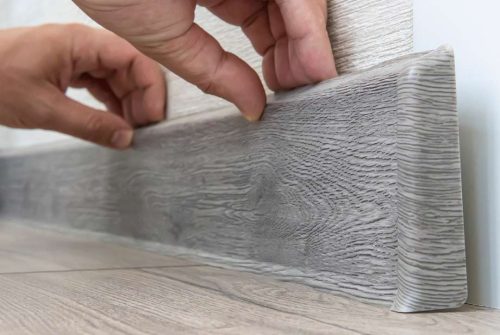
As more people start to see their environmental influence, sustainable interior design has been rather popular recently. Establishing environmentally friendly areas not only helps the earth but also advances a better and more pleasant way of life. This includes considerations for signage design hong kong, which highlights key ideas and useful advice for creating sustainable and fashionable home designs.
Understanding Sustainable Interior Design
Sustainable interior design seeks to maximize comfort and efficiency while minimizing negative environmental effects in environments. This method takes into account several elements, including waste minimization, resource use, and material life cycles generally. Including environmentally responsible ideas into home design helps us to contribute to a better future and a better world.
Choosing Eco-Friendly Materials
Choosing low-impact materials for maintainable interior design is one of its main basics. Choose items created from renewable resources, including recycled materials, cork, or bamboo. Steer clear of products requiring lots of processing or including dangerous chemicals. Furthermore, take material durability into account; selecting premium, long-lasting solutions lowers waste and helps to avoid the need for regular replacements.

Embracing Energy Efficiency
Add ways and technologies meant to save energy to lower usage. It covers putting programmable thermostats, energy-efficient appliances, and LED lights in place. Usual lighting is also very important; maximize daylight with well-placed windows and skylights. Reducing your reliance on heating and artificial lighting will support you to reduce your carbon footprint and cut your energy expenses.
Implementing Water Conservation Techniques
Another absolutely important component of sustainable interior design is water economy. Select appliances and fixtures meant to run less water without sacrificing performance. Effective showerheads, dual-flush toilets, and low-flow faucets can greatly cut water use. To help with water conservation even more, think about including greywater recycling or rainwater collecting systems into your design.
Prioritizing Indoor Air Quality
Clean inside air is what defines a healthy living space. Many conventional construction materials and furniture create volatile organic compounds (VOCs) and other pollutants that could damage air quality. Choose low-VOC paints, varnishes, and materials to help to offset this. Add air-purifying plants and provide enough airflow to maintain indoor air fresh and clean. Apart from improving the environments, an awareness of indoor air quality promotes general well-being.
Promoting Waste Reduction and Recycling
Maintainable interior design depends critically on waste reduction and reassurance of recycling. Choose classic designs and premium materials to help you project the lifetime of your design components. When renovation or redecorating, think about recycling or repurposing already-owned objects instead of throwing them away. Install a household reprocessing system to properly handle waste. Support businesses and goods with recycling initiatives and sustainable packaging as well.
Using sustainable interior design to create environmentally friendly areas, such as those enhanced by effective signage design hong kong, is a great approach to preserving the surroundings while improving your own residence. Choosing environmentally friendly materials, adopting energy and water efficiency, giving indoor air quality top priority, and encouraging waste reduction will help you design lovely, useful areas consistent with a sustainability commitment.






